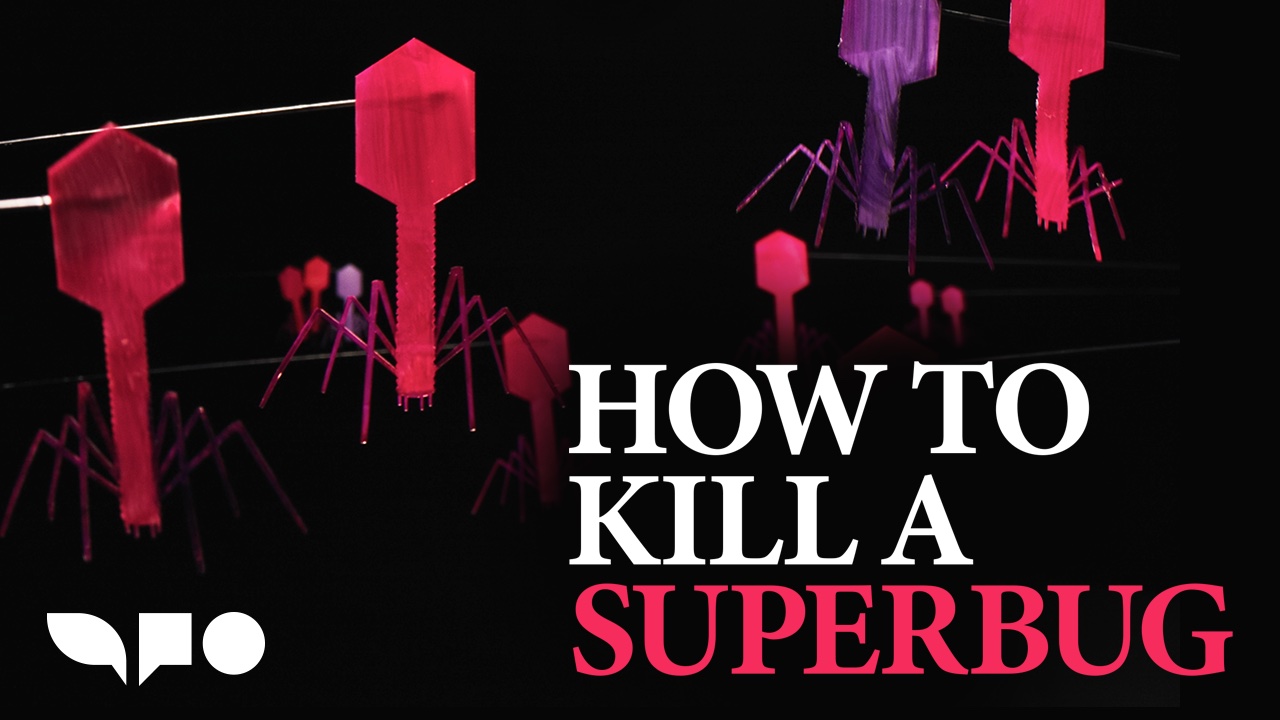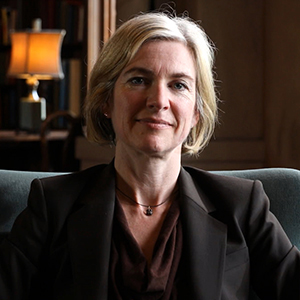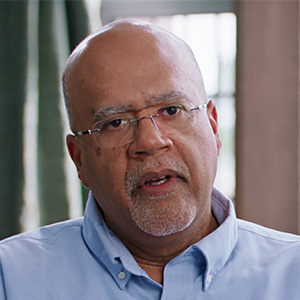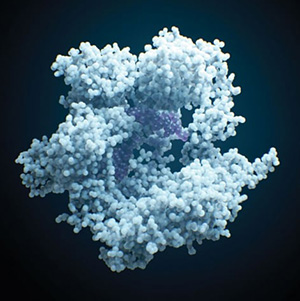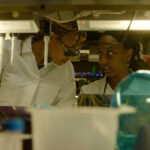Interviewer: Why is Geobacter a good star?
Gemma Reguera, Ph.D.: For many years, electric microbes, microbes that make electricity, was something that was not believed to be possible. When we discovered these conductive wires in Geobacter, it was clear that they were making electricity. I feel like Geobacter is my firstborn. It has been part of my professional and personal life for so long, and I have built my career on Geobacter‘s shoulders. Nanowires.
What sustains life is all this energy from electrons moving from one element to another, one molecule to another, et cetera. That’s what respiration really is, a way to actively gain energy for growth. Geobacter is so remarkable because they actually have managed to respire minerals. Imagine if we had to put into our lungs minerals and try to really get them instead of oxygen.
Imagine the cell is a sausage, a very little sausage. They have on the cell membrane, transporters that are actively bringing food. They love acetate, which is vinegar. Not very appetizing, but it works well for them. They are burning that acetate inside the cell, and then the metabolism generates a waste that has to be removed. Otherwise, you cannot feed anymore. Electrons are really the waste. It’s electronic poop and they need to get rid of it.
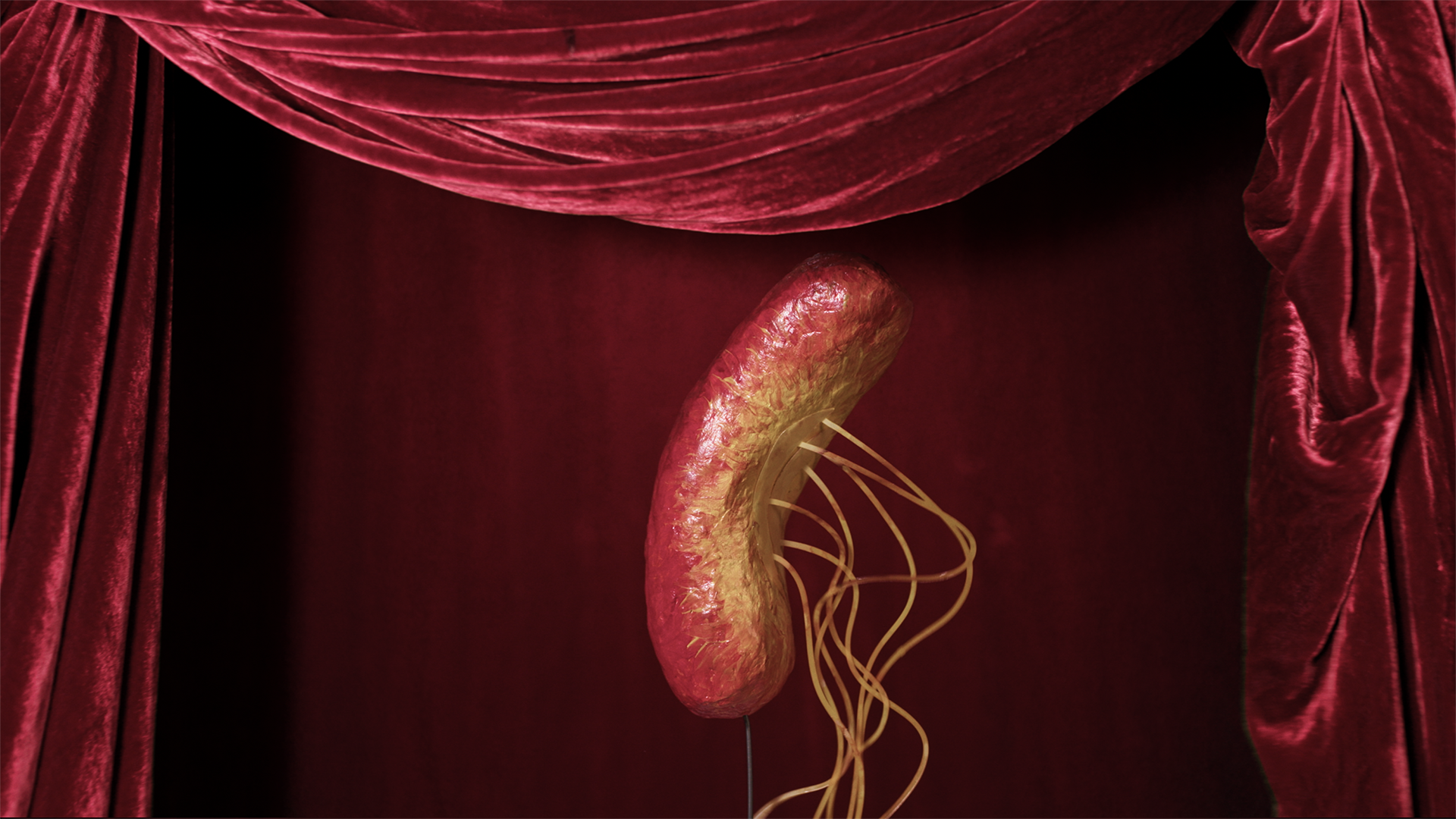
What Geobacter has done, and that’s why they are so effective, they actually make little filaments that are conductive. They are wires and they move them. They retract them, they protrude, and they are very dynamic. And they are like little whips moving in, you know, in the solution. And then the moment there is contact with the minerals, the electrons discharge. They wire the cell directly to the mineral. And in doing so, they have a fantastic way to constantly discharge the electrons. When they discharge electrons onto these minerals, they dissolve the minerals.
And all of a sudden, all the metals that are trapped in those minerals become bioavailable. And the most important metal they make available to other living organisms is iron that we all need. So this is really this foundational role in supporting communities of microbes that support plants, that support animals, and that support us.
Every step of the way, we’ve received, “No, no, no, this is not possible.” “How could protein filaments conduct electrons?” I always take it as a compliment because I know that we are on the right path, and I always tell my students, “This is good, this is good.” “You know, we are onto something new.” “We just have to demonstrate it.”
Now there are so many other people understanding that it’s not only Geobacter, there are many other electric microbes. Not only that, there are microbes that actually feed on electricity. You can actually reverse the reaction and you can make chemicals just by feeding electricity on them. Some of them actually fix carbon dioxide from the atmosphere.
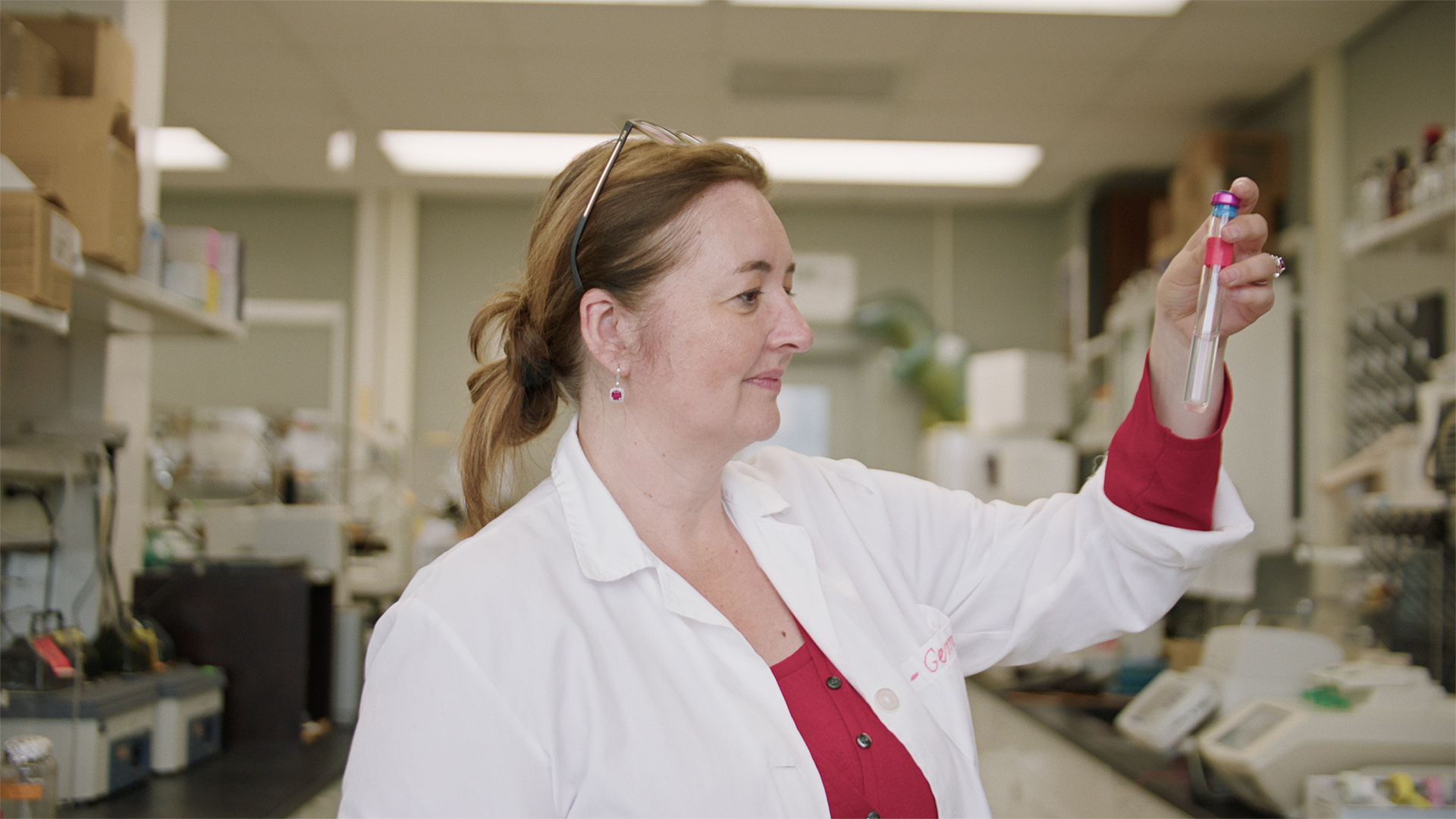
So basically what we now have is finally after all these years and all the controversy, we now have a subfield of microbiology, called electromicrobiology. I really think about the many students and postdocs that pass through my lab as the ones, this is their legacy, building a new field in microbiology that we are just beginning to understand. The world is really an electric world of microbes.
Reguera, G., McCarthy, K., Mehta, T. et al. Extracellular electron transfer via microbial nanowires. Nature 435, 1098–1101 (2005). https://doi.org/10.1038/nature03661
For the film:
Directors: Sharon Shattuck and Ruth Lichtman
Producers: Ruth Lichtman, Sharon Shattuck, Regina Sobel
Cinematographers: Tyler Grimm (Reguera lab) and Adam Wissing (puppetry)
Editor: Sharon Shattuck
Puppeteers: Emma Wiseman, Shayna Strype, Yael Nachajon, Ruth Lichtman, Sharon Shattuck
Associate Producer: Lee Rossoff
Original Music: Jordan John Parker
Colorist: Zachary Halberd
Sound design & mix: Richard Hamilton, Dragonfly Audio Post
Graphics & Animation: Sharon Shattuck
For the Science Communication Lab:
Senior Producers: Shannon Behrman and Regina Sobel
Executive Producers: Sarah Goodwin and Elliot Kirschner
Except where otherwise noted, this work is licensed under
http://creativecommons.org/licenses/by-nc-nd/4.0/
© 2007-2023 Science Communication Lab™. All rights reserved.


